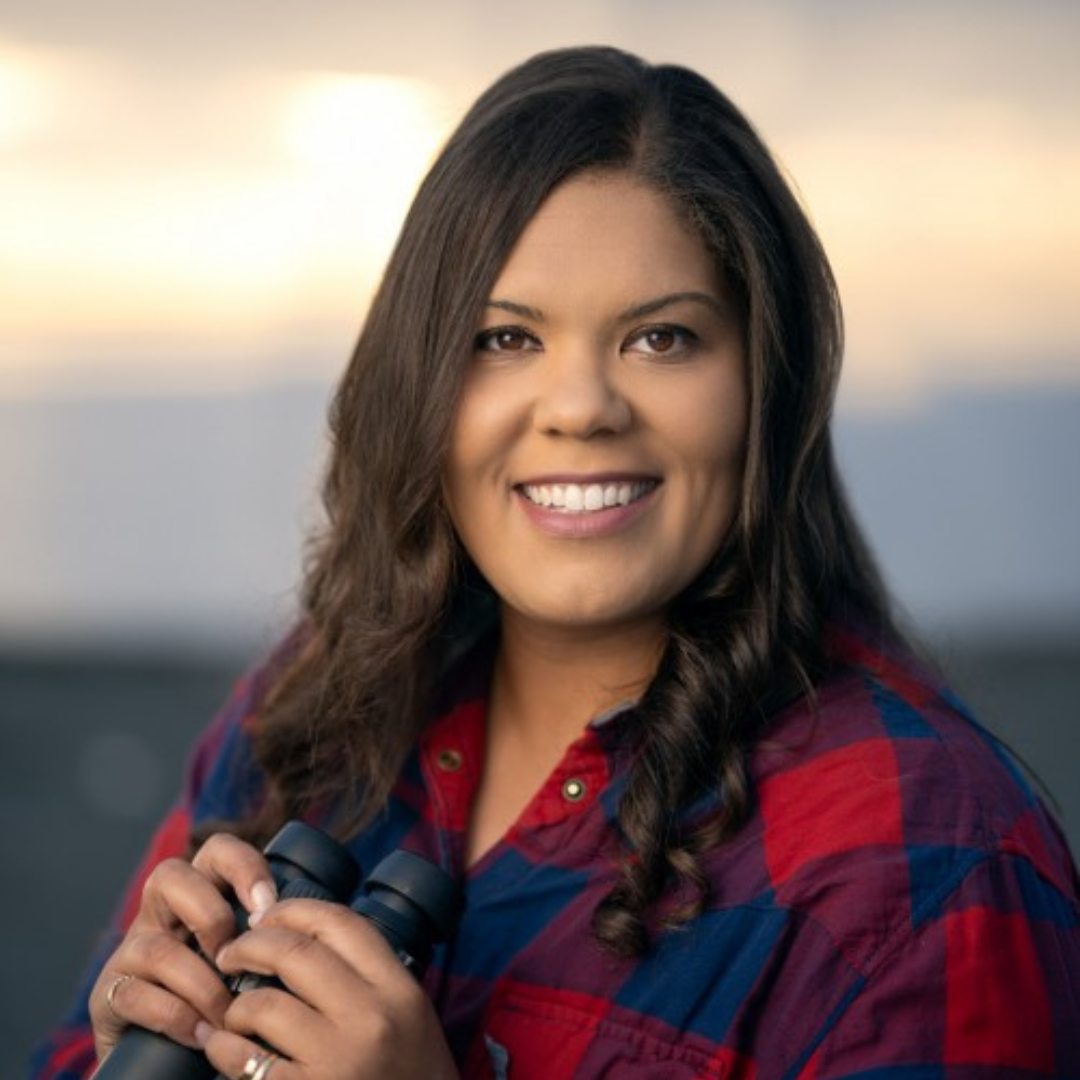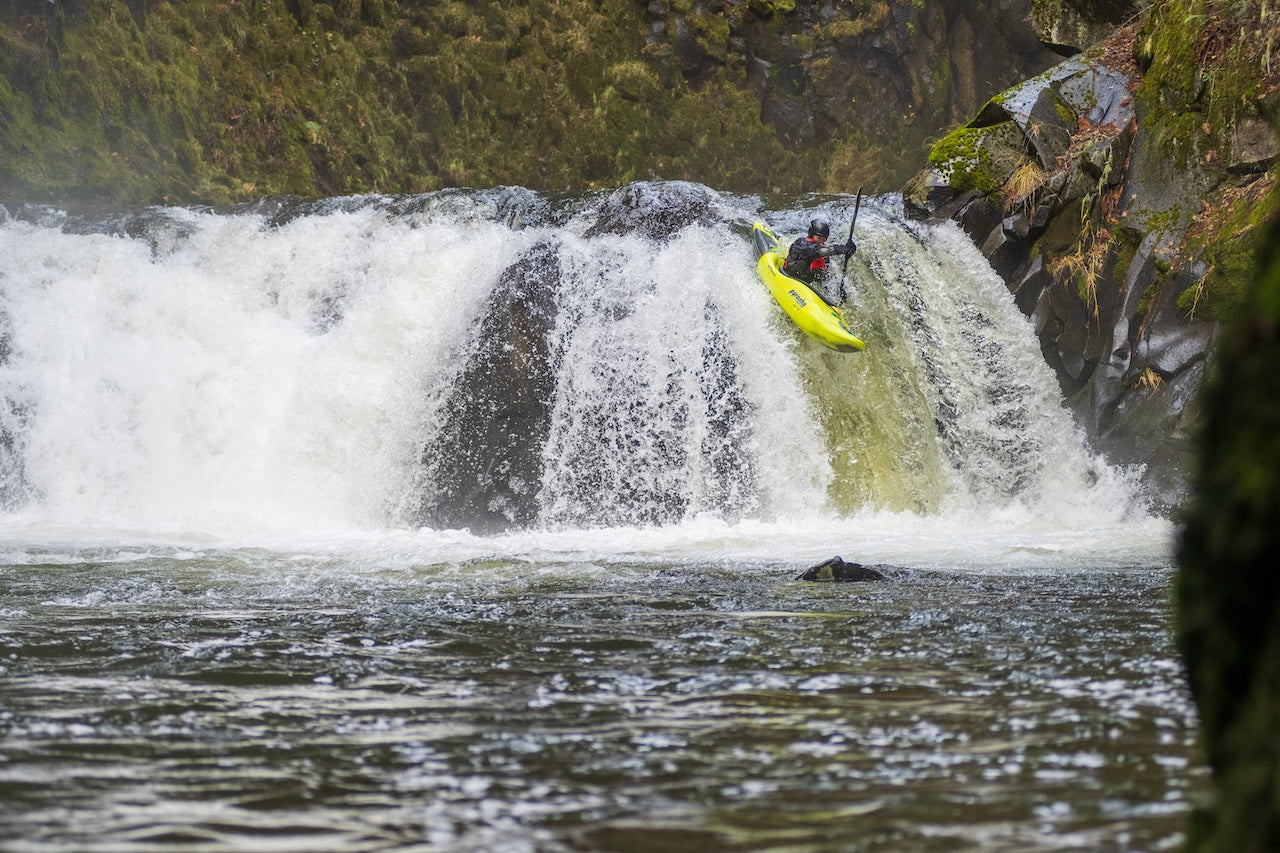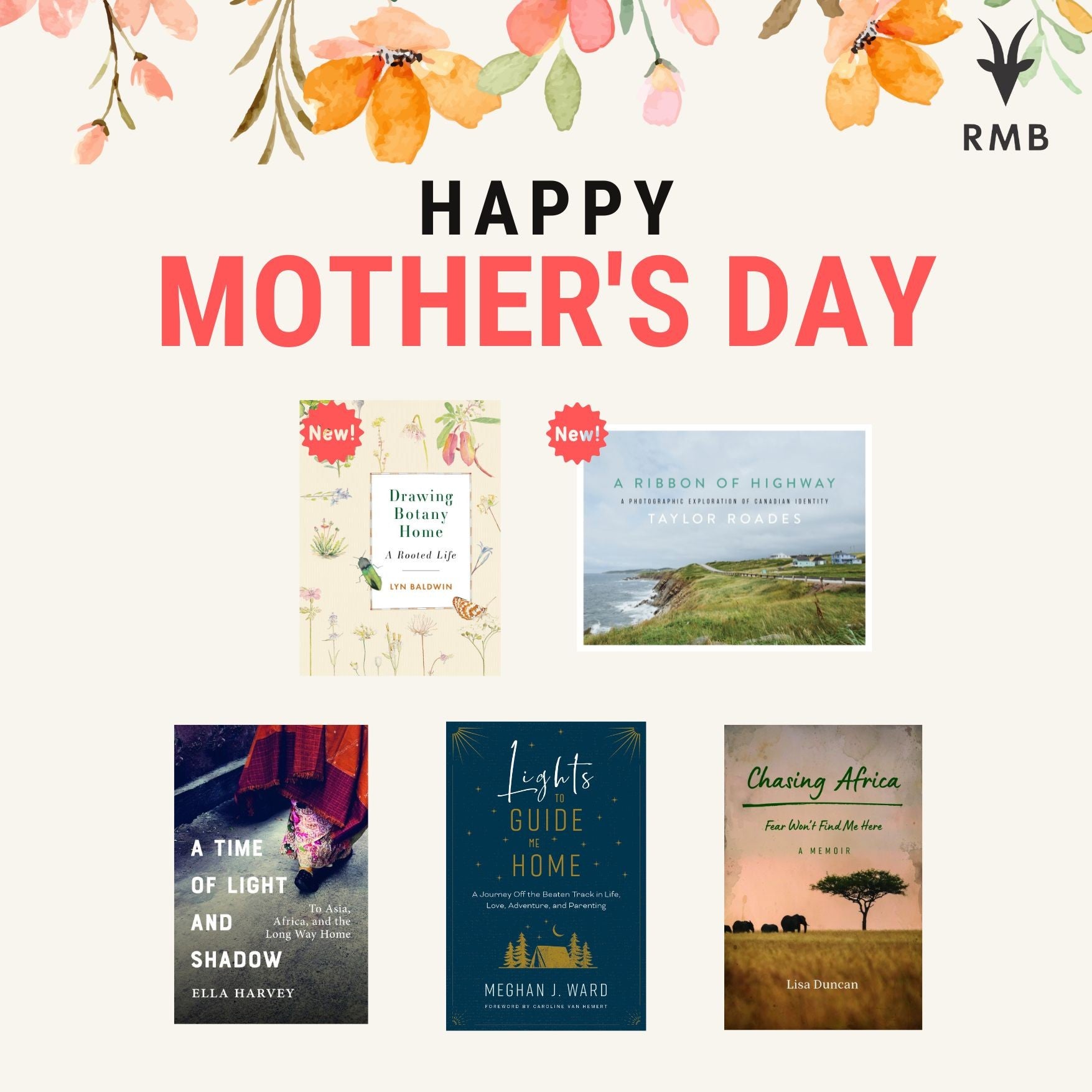Meet the Photographer Inspiring Everyone to Bird: Melissa Hafting
·

·
Rocky Mountain Books proudly presents Melissa Hafting, the latest addition to our fantastic roster of authors. Her book Dare to Bird will be published in April 2024. Hafting is a wild-bird photographer who founded BC’s Young Birders Club and publishes the Dare to Bird blog. In light of Black History Month, we interviewed her to discuss her experiences as a Black woman in the birding community and why representation matters.
 Too impossible to pick. I have had so many memorable birding experiences in my life of over 30 years on earth. One of the most memorable, though, was sitting by a Greater Sage-Grouse lek in Colorado and watching and listening to the males dance around the females. It was snowing and they were right by my car. I’d got there before dawn, so for a while I could only hear them. But when the light appeared and I saw the males with their stunning yellow air sacs inflating and deflating, with their long head plumes and tail feathers sticking out like crowns of pointed arrows, it was a moment I won’t ever forget!
Too impossible to pick. I have had so many memorable birding experiences in my life of over 30 years on earth. One of the most memorable, though, was sitting by a Greater Sage-Grouse lek in Colorado and watching and listening to the males dance around the females. It was snowing and they were right by my car. I’d got there before dawn, so for a while I could only hear them. But when the light appeared and I saw the males with their stunning yellow air sacs inflating and deflating, with their long head plumes and tail feathers sticking out like crowns of pointed arrows, it was a moment I won’t ever forget!
 Again much too hard to choose, but I really like this one I took of a Bald Eagle in flight. These are such stunning birds, and sometimes they are taken for granted because we have so many now on the BC coast in winter. Their numbers had decreased in the 1970s because of DDT, but they have made a strong comeback. In other parts of North America, though, they aren’t as plentiful, and when I travel, I miss seeing their abundant numbers and stunning adult plumage with their white heads and chocolate-brown bodies.
Again much too hard to choose, but I really like this one I took of a Bald Eagle in flight. These are such stunning birds, and sometimes they are taken for granted because we have so many now on the BC coast in winter. Their numbers had decreased in the 1970s because of DDT, but they have made a strong comeback. In other parts of North America, though, they aren’t as plentiful, and when I travel, I miss seeing their abundant numbers and stunning adult plumage with their white heads and chocolate-brown bodies.
How did you get into birding?
My dad took me out birding and hiking as a kid. He took me a lot to Reifel Bird Sanctuary in Ladner, BC. He bought me a Golden Guide field book, and we would tick off the birds we saw together each day. I enjoyed feeding the Black-capped Chickadees by hand at the sanctuary. It was there that I saw my first owl, a Northern Saw-Whet, with my dad.
What is your most memorable birding experience?
 Too impossible to pick. I have had so many memorable birding experiences in my life of over 30 years on earth. One of the most memorable, though, was sitting by a Greater Sage-Grouse lek in Colorado and watching and listening to the males dance around the females. It was snowing and they were right by my car. I’d got there before dawn, so for a while I could only hear them. But when the light appeared and I saw the males with their stunning yellow air sacs inflating and deflating, with their long head plumes and tail feathers sticking out like crowns of pointed arrows, it was a moment I won’t ever forget!
Too impossible to pick. I have had so many memorable birding experiences in my life of over 30 years on earth. One of the most memorable, though, was sitting by a Greater Sage-Grouse lek in Colorado and watching and listening to the males dance around the females. It was snowing and they were right by my car. I’d got there before dawn, so for a while I could only hear them. But when the light appeared and I saw the males with their stunning yellow air sacs inflating and deflating, with their long head plumes and tail feathers sticking out like crowns of pointed arrows, it was a moment I won’t ever forget!
What is the best picture of a bird you’ve ever taken?
 Again much too hard to choose, but I really like this one I took of a Bald Eagle in flight. These are such stunning birds, and sometimes they are taken for granted because we have so many now on the BC coast in winter. Their numbers had decreased in the 1970s because of DDT, but they have made a strong comeback. In other parts of North America, though, they aren’t as plentiful, and when I travel, I miss seeing their abundant numbers and stunning adult plumage with their white heads and chocolate-brown bodies.
Again much too hard to choose, but I really like this one I took of a Bald Eagle in flight. These are such stunning birds, and sometimes they are taken for granted because we have so many now on the BC coast in winter. Their numbers had decreased in the 1970s because of DDT, but they have made a strong comeback. In other parts of North America, though, they aren’t as plentiful, and when I travel, I miss seeing their abundant numbers and stunning adult plumage with their white heads and chocolate-brown bodies.
A lot of your work is to make the birding community more inclusive. Why does representation matter for birders?
Representation matters in the birding community because nature belongs to everyone. Anyone can watch birds, no matter their gender or race. This is why in the BC young birder program I founded, I insisted on making sure it was known that it was a BIPOC and LGBTQ+ friendly and welcoming place. It is essential not just to assume people feel welcome but to make them feel welcome by actively engaging BIPOC.Birding has traditionally been a very male and white-based hobby. But birding is changing, and my young birder group has diverse faces and genders, with some LGBTQ+ members as well. It is nice to see so many more young women in the hobby than when I started. When you don’t see faces like yours represented, you can feel intimidated or excluded, so it’s vital to make everyone feel welcome. For people of all races and genders to be able to have the same positive experiences while birding, we need to be able to talk openly about the problems Black, Indigenous and Persons of Colour (BIPOC) face in the birding community. We need to make safe spaces for all people in nature. This is why we must prioritize diversity, equity and inclusion in the birding community.
What advice would you give to people who wish to start birding but don’t know where to start?
I’d advise them to buy a field guide or borrow one from their local library. BC libraries also offer monthly rentals of Vortex binoculars together with a field guide and even a backpack to carry them in. If you can afford your own binoculars, all the better. I’d also advise a person to join an adult bird walk with a local birding club that is BIPOC-friendly and welcoming. There are many free birding walks for BIPOC adults offered by groups like the Stanley Park Ecology Society. I lead some of these walks on their behalf. Follow Mel Hafting on Instagram @bcbirdergirl.View this post on Instagram



Comments